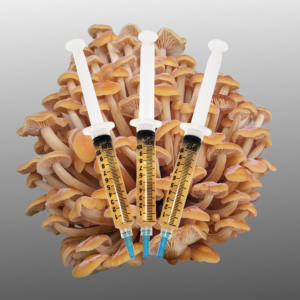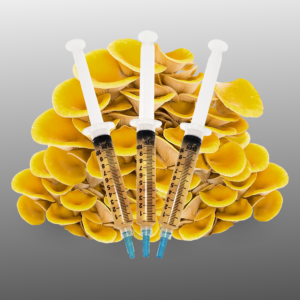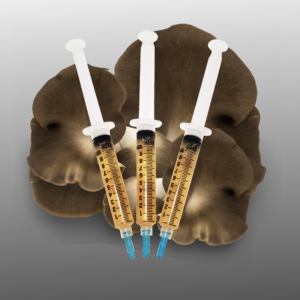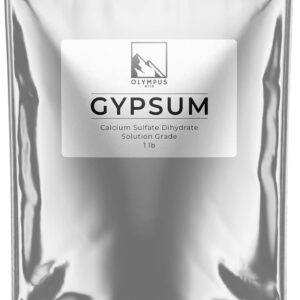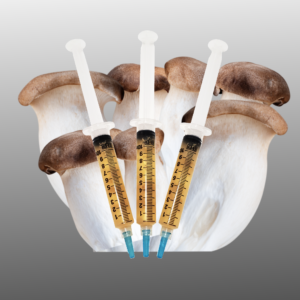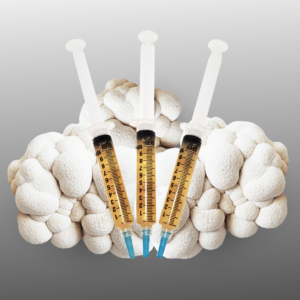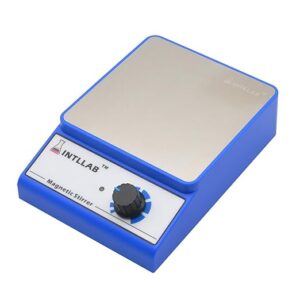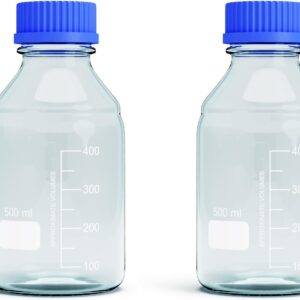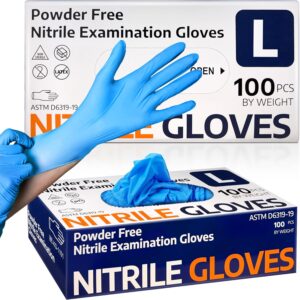In the quiet corners of wooded landscapes, a fascinating natural collaboration unfolds as one fungus transforms another into a culinary delight known as the lobster mushroom. This article delves into the captivating lifecycle of the lobster mushroom, its unique method of development, and offers a step-by-step recipe to savor this vibrant and flavorful fungi.
The Lobster Mushroom: A Fungus Within a Fungus:
Scientifically named Hypomyces lactifluorum, the lobster mushroom is not a distinct species but rather a parasitic fungus that takes over the fruiting bodies of certain host mushrooms, typically members of the Russulaceae family. This parasitic relationship results in a stunning transformation, both in appearance and flavor.
Identifying lobster mushrooms (Hypomyces lactifluorum) involves recognizing distinct features related to their appearance, color, texture, and growth pattern. Here are some key characteristics to help you identify lobster mushrooms in the wild:
- Color:
- Lobster mushrooms are known for their vibrant and striking colors, which resemble the hues of a cooked lobster. The typical colors include bright orange, red, or a combination of both.
- The coloration is consistent throughout the cap and stem, creating a uniform appearance.
- Cap Shape and Texture:
- Lobster mushroom caps vary in shape, often appearing irregular or lobed. They lack the typical cap and stem structure seen in many mushrooms.
- The cap surface is usually wrinkled or convoluted, giving it a distinctive and unique texture.
- Growth on Host Mushrooms:
- One of the most defining features of lobster mushrooms is their parasitic nature. They grow on and consume the fruiting bodies of other mushrooms, often belonging to the Russulaceae family.
- The lobster fungus transforms the host mushroom, altering its color, texture, and overall appearance.
- Size:
- Lobster mushrooms come in various sizes, with caps ranging from a few centimeters to several inches in diameter.
- The size can vary depending on the host mushroom and the specific environmental conditions in which they grow.
- Scent:
- Lobster mushrooms have a slight scent of iodine. Some foragers describe a mild, pleasant aroma reminiscent of fresh mushrooms.
- Habitat:
- Lobster mushrooms are commonly found in mixed woodlands and coniferous forests, often growing near or on the ground.
- They prefer environments where their host mushrooms, usually belonging to the Russulaceae family, are abundant.
- Spore Print:
- While not as commonly used for identification as with other mushrooms, taking a spore print can provide additional information. The spore print of lobster mushrooms is often pale to white.
- Season:
- Lobster mushrooms typically fruit in late summer to early fall. Their appearance coincides with the growth of their host mushrooms.
Caution: When foraging for mushrooms, especially if you are not an experienced forager, it is crucial to exercise caution. Some mushrooms can be toxic, and misidentification can lead to serious health consequences. If you are uncertain about the identification of a mushroom, consult with an experienced mycologist or local mushroom expert before consuming it.
Always remember that accurate identification of mushrooms requires knowledge and experience. If you are new to mushroom foraging, consider learning from experienced foragers or joining a local mycological club to enhance your skills and ensure a safe and enjoyable experience in the wild.
Development Process:
- Infection: The lobster mushroom begins its journey when the spores of the Hypomyces fungus land on a host mushroom. Once the spores germinate, the lobster fungus invades the host, taking control of its internal structure.
- Transformation: As the lobster fungus establishes itself, it alters the appearance of the host mushroom. The once-white or pale-colored mushroom transforms into vibrant shades of orange and red, resembling the outer shell of a cooked lobster, hence the name.
- Mycelial Network: The lobster fungus forms a mycelial network within the host mushroom, redirecting nutrients and altering the chemical composition, resulting in a unique and savory flavor.
- Fruiting Body Emergence: The lobster mushroom eventually pushes through the host’s cap, fully emerging as a distinctive and brightly colored mushroom, ready for harvest.
Savoring the Lobster Mushroom: A Step-by-Step Recipe
Lobster Mushroom Pasta with Garlic and Herbs:
Ingredients:
- 1 cup fresh lobster mushrooms, cleaned and sliced
- 8 oz linguine or your preferred pasta
- 3 tablespoons olive oil
- 4 cloves garlic, minced
- 1/4 teaspoon red pepper flakes (optional for heat)
- Salt and black pepper to taste
- Fresh herbs (parsley, thyme, or chives), chopped
- Grated Parmesan cheese for garnish
Instructions:
- Cook the Pasta: Bring a large pot of salted water to a boil. Cook the pasta according to package instructions until al dente. Reserve a cup of pasta water before draining.
- Sauté the Lobster Mushrooms: In a large skillet, heat olive oil over medium heat. Add minced garlic and red pepper flakes (if using), sautéing until the garlic is fragrant but not browned.
- Add Lobster Mushrooms: Incorporate the sliced lobster mushrooms into the skillet, seasoning with salt and black pepper. Sauté until the mushrooms are tender and have absorbed the flavors.
- Combine Pasta and Mushrooms: Toss the cooked pasta into the skillet with the lobster mushrooms, ensuring the pasta is well-coated with the flavorful oil and mushroom mixture. If needed, add reserved pasta water to achieve your desired sauce consistency.
- Finish with Fresh Herbs: Sprinkle chopped fresh herbs over the pasta and mushrooms, giving the dish a burst of aromatic flavors.
- Serve and Garnish: Plate the lobster mushroom pasta, and garnish with grated Parmesan cheese. Add additional herbs and black pepper to taste.
Conclusion:
The lobster mushroom, with its captivating life cycle and rich flavors, provides not only a visual spectacle in the forest but also a culinary adventure in the kitchen. As we explore the intricate relationships within nature, the lobster mushroom stands out as a testament to the fascinating interplay of fungi in the wild. With the simple yet flavorful recipe provided, you can bring this forest treasure to your table and savor the unique taste of the lobster mushroom.
-
Golden Enoki Liquid Culture
-
Golden Oyster Liquid Culture
-
Grey Oyster Liquid Culture
-
Gypsum Powder for Mushroom Substrate (1 lb)
-
King Oyster Liquid Culture
-
Lion’s Mane Liquid Culture
-
Magnetic Stirrer/Mixer w/stir bar (No Heat) Stirring Capacity: 3000ml
-
Media Storage Bottle – Borosilicate Glass – (500ml – 2pcs)
-
Medical Nitrile Exam Gloves, Latex-Free & Powder-Free Non-Sterile Food Safe Cleaning Disposable Glove, 100 Pcs


